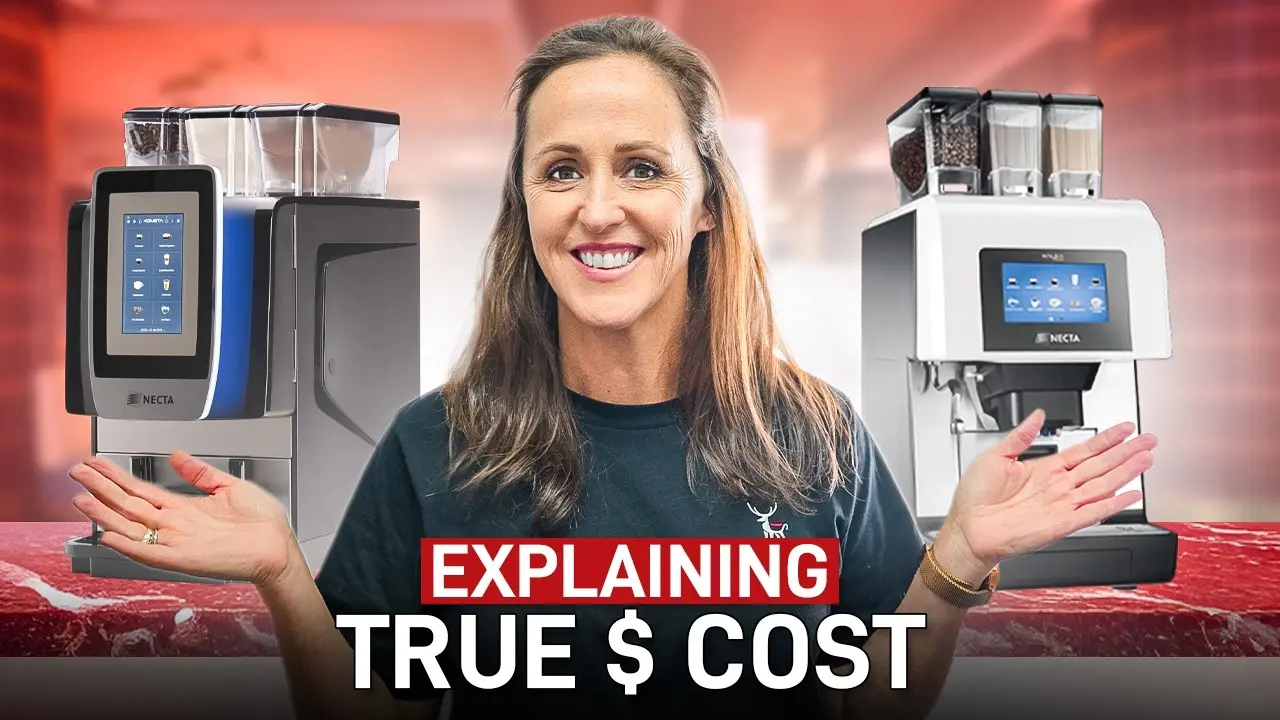Before you sign off on a new coffee machine, make sure you know what you’re really paying for.
Most offices look at a single monthly number and call it a day. But coffee machine costs aren’t one-size-fits-all — and understanding what’s included (and what’s hidden) can save your budget and your sanity.
Breaking Down the Real Costs
At Black Stag, we like to keep things transparent. The true cost of a workplace coffee machine comes down to three things:
-
Machine Rental – the monthly lease or purchase price.
-
Consumables – your beans, milk, cups, and other supplies.
-
Servicing – ongoing maintenance and filter replacement to keep the coffee tasting right.
Once you know your team’s coffee habits, it’s easy to calculate. A 1kg bag of beans usually makes about 65 cups. If that bag costs $50, you’re looking at roughly $1.10 per cup, including milk. Multiply that by your daily drinkers, and you’ve got a true running cost that’s clear and defensible when you present it to your boss.
Lease vs Own
Some workplaces prefer to purchase their machines outright, while others like the flexibility of leasing. Leasing spreads out the cost and allows for easy upgrades every few years. Buying means you own the asset, but you’ll still want a solid servicing plan to keep it performing like new.
A Quick Example
Let’s say your office has 65 daily coffee drinkers. You’re looking at about $1,300 a month in total coffee costs — or less if you already own your machine. That includes rental, coffee, milk, and servicing.
The right supplier will help you model this accurately for your site and even recommend cost-saving options like volume discounts or free-on-loan setups (where rental costs are waived based on usage).
Why It Matters
The goal isn’t to find the cheapest machine — it’s to understand exactly where your money goes. When the numbers make sense, the coffee (and the team) flows better.
Watch the video below to see Claire break it down step-by-step:

